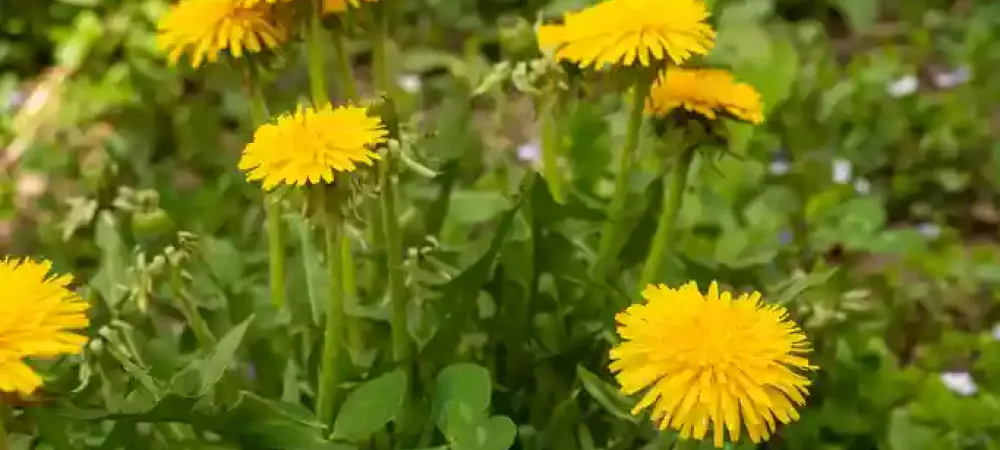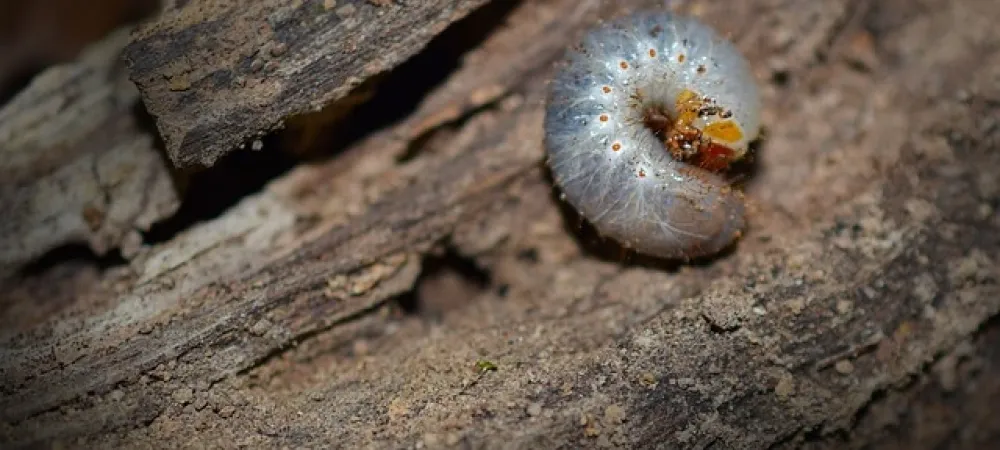
Weeds creeping through the grass disrupt a healthy lawn, competing for nutrients, water, and sunlight. Left unchecked, they weaken the turf, spread rapidly, and make it harder for grass to thrive. The problem? Most homeowners don’t even realize how these weeds spread until it’s too late. But the good news is—you can stop them in their tracks.
This guide will reveal the most aggressive types of lawn weeds in North Carolina, what makes them so resilient, and, most importantly, how to remove weeds from your lawn effectively.
Types of Lawn Weeds in North Carolina
Not all weeds are created equal. They fall into different categories based on their characteristics and how they grow.
Grass Weeds
These weeds mimic grass, making them hard to spot—until they take over.
- Crabgrass: A warm-season annual that spreads rapidly in summer heat.
- Yellow Foxtail: Similar in appearance to crabgrass but with a telltale fuzzy seed head.
- Goosegrass: Thrives in compacted soil and often appears in mowed lawns.
Broadleaf Weeds
These weeds are easier to identify due to their wider leaves and flowers.
- White Clover: A perennial with three-leaf clusters and small white flowers.
- Dandelions: Recognizable by their yellow blooms and fluffy seed heads.
- Ground Ivy: Also called “creeping Charlie,” this aggressive weed spreads through stolons.
- Leafy Spurge: A toxic weed with bright green leaves and yellow-green flowers.
Other Common Lawn Weeds
Some weeds don’t fit neatly into the grass or broadleaf categories, but they’re just as invasive.
- Yellow Nutsedge: Not actually a grass, but grows like one and spreads aggressively.
- Chickweed: A common winter weed that thrives in cool temperatures.
How Do Weeds Spread?
Weeds aren’t just a seasonal nuisance—they’re opportunists. They take advantage of weak spots in your lawn, such as thin or patchy grass, compacted soil, and improper mowing habits.
They spread through:
- Wind: Seeds travel from neighboring yards and open fields.
- Water: Rain and irrigation can carry seeds into your lawn.
- Foot Traffic & Lawn Equipment: Weeds hitch a ride on shoes, pets, and even your mower.
Without proper lawn care, weeds will exploit weak spots, take root, and spread aggressively.
How to Remove Weeds from Lawns
The key to weed control isn’t just killing them—it’s preventing them from coming back. Here’s how:
1. Maintain a Healthy Lawn
A dense lawn leaves little room for weeds to grow. Keep your grass strong by:
2. Use Pre-Emergent Herbicides
Pre-emergent herbicides are a type of herbicide barrier that prevents weed seeds from germinating before they become a problem. The timing for application is when the timing is appropriate, including:
- Spring Application : This prevents warm-season weeds , such as crabgrass , from sprouting. Apply when soil temperatures reach about 55°F for several consecutive days.
- Fall Application: Aims to target winter weeds like chickweed and annual bluegrass. Apply before the soil temperature drops below 70°F.
3. Spot-Treat with Post-Emergent Herbicides
Once weeds have emerged , post-emergent herbicides offer selective control. If applied correctly, these products are formulated to kill growing weeds without damaging the surrounding grass.
- Selective Herbicides: Products that will selectively kill specific weed types , like broadleaf weeds , without killing grass.
- Non-Selective Herbicides: Kill all vegetation on contact . It should be used for spot treatments in nonlawn areas.
- Systemic and Contact Herbicides
- Systemic : It is absorbed by the plant and kills it from the inside out . Best for deep-rooted weeds , such as dandelions.
- Contact: Works on the surface and is most effective on young, actively growing weeds.
4. Pull Weeds by Hand (For Small Infestations)
If you catch weeds early, hand-pulling can be effective. Make sure to remove the entire root system, especially for perennials like dandelions.
5. Improve Soil Conditions
Weeds love compacted, nutrient-poor soil. Aerate your lawn annually to loosen the soil and top-dress with compost to boost nutrients.
6. Mulch Flower Beds and Garden Edges
If weeds are creeping in from garden beds, add a thick layer of mulch to block sunlight and prevent weed growth.
Take Back Your Lawn
Weeds may seem relentless, but they’re not unstoppable. By understanding the types of lawn weeds invading North Carolina lawns and learning how to remove weeds effectively, you can reclaim your turf. If weeds have already taken hold or you’re unsure how to tackle them, contact a local lawn care company like The Green Team, that can provide expert weed control services tailored to your lawn’s needs. Don’t wait until weeds take over—take action now to protect and restore your lawn’s health.




